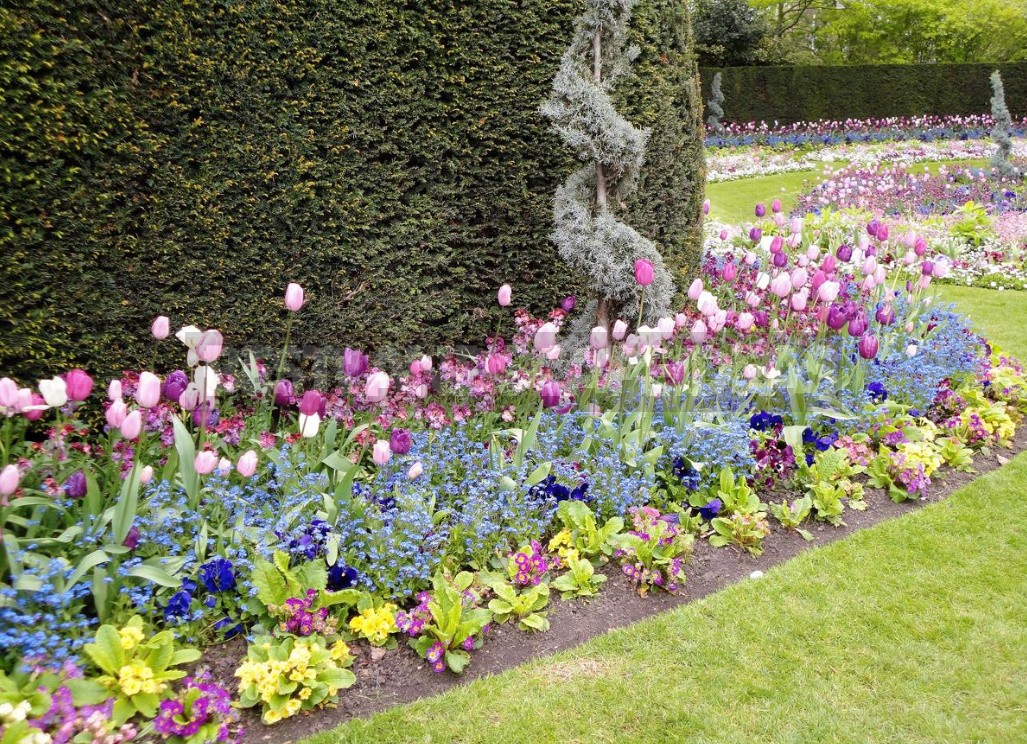
The miracle of the spring awakening of the garden begins with the blooming of bulbous plants. Constantly changing scenery blooming may garden pleasing to the eye and warm the soul after a long winter. But about how your garden will look in the spring, you should think in the fall. There are proven techniques that allow you to plan and create the most incredible and intricate compositions. Let’s look at the options.
The first reception. On the contrast
Purple Crocus and yellow Narcissus planted around the circumference in the unfaded tree trunks look spectacular. With Crocus you can make informal planting. If in your garden there is place in-style natural day-care services, scatter there in arbitrary order their bulbs (in this case already different flowers-purple, yellows, white) and bury there, far they will fall. The picture in the spring will be amazing!
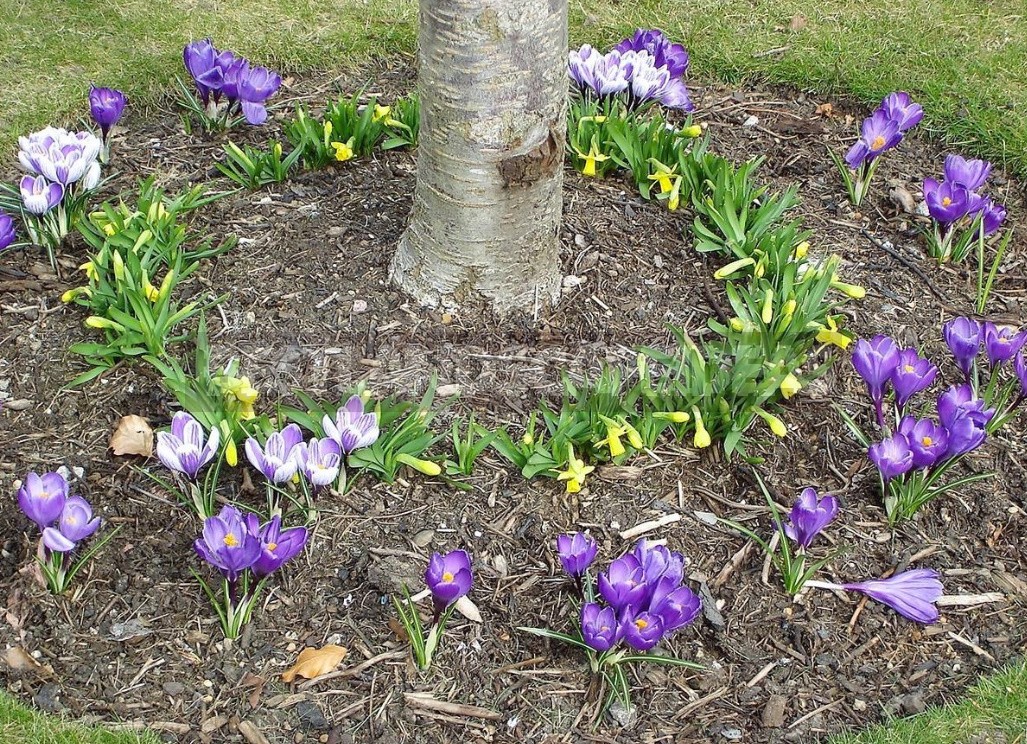
To extend the decorativeness of this place you will help species tulips. Their huge advantage is that they do not require annual digging. Gardener’s dream! These tulips feel great in one place for 5-6 years, growing into a charming picturesque area. When planting, do not mix together different colors and varieties, plant bulbs in separate spots in small groups. As a rule, species tulips of low growth – up to 20 cm, with small elegant flowers of classical shape.
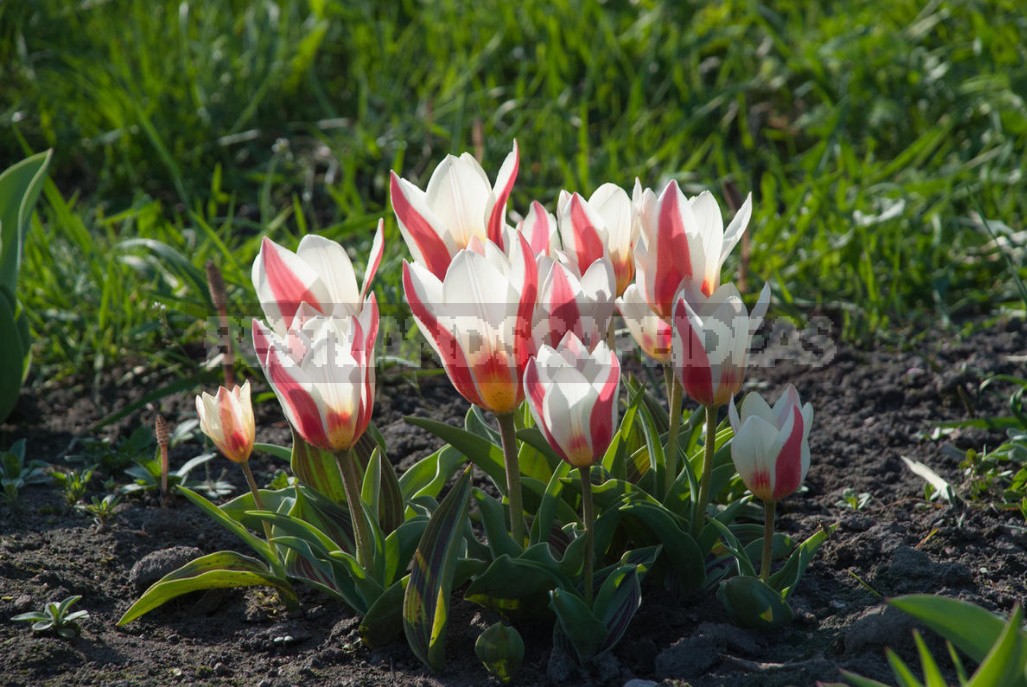
For cutting they are not suitable, but resistance to disease and rare natural vitality make them welcome guests of the spring garden. It is a pity that our gardeners have not fully realized the charm of species tulips and prefer to plant varietal bulbs. Meanwhile, among the species representatives there are charming, which is certainly worth paying attention to
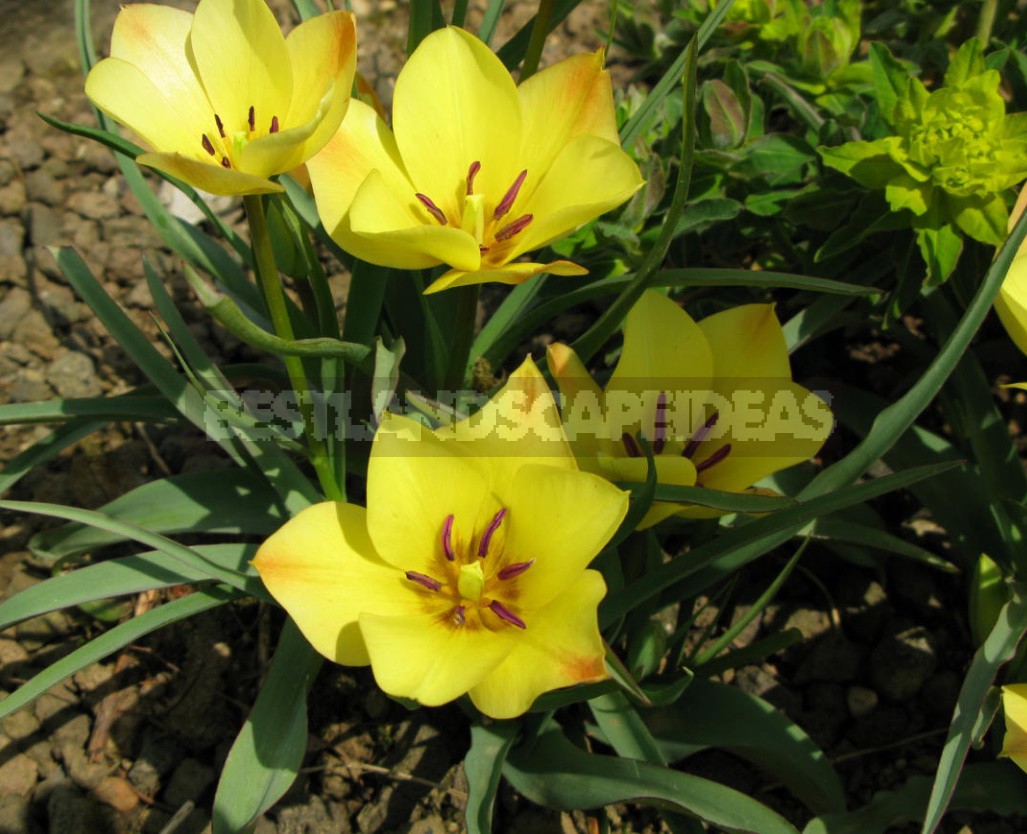
The second reception. Bouquet planting
Lovers of spectacular Tulip variations can recommend the so-called bouquet planting. For it select 2-3 grades, no more. If you prefer mass flowering, buy those that bloom at the same time. If you make a combination of bulbs early, medium and late dissolution, the decorative “bouquet” will last longer-to replace the fading flowers will come later varieties that only reveal their buds. Do not forget to trim the fading Tulip glasses in time to maintain the decorative composition.

For planting, prepare a round hole with a diameter of 30-40 cm and a depth of 3 heights of the bulb. In it spread planting material, which is sprinkled with earth from above. Bulbs in the pit should be located quite close to each other.
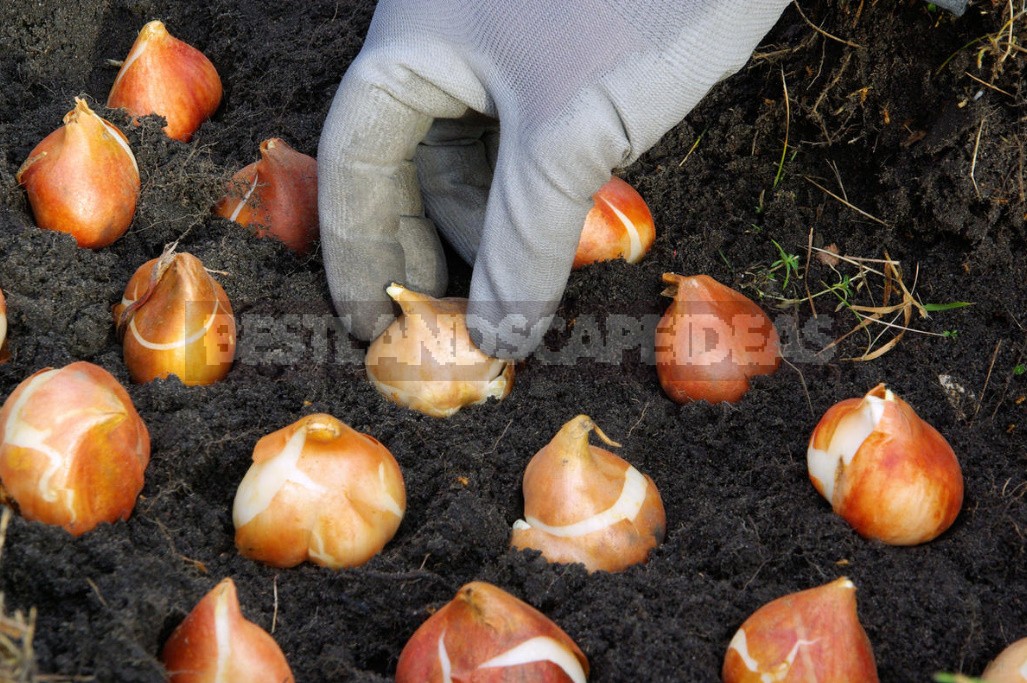
Such “bouquets” look great in a large flower garden, planted in a row along the path or if they completely fill some space allotted for them. For such plantings, choose early Darwin hybrids and later Triumph tulips. They produce strong, stocky flower stalks, which are located in the classical form of glasses.
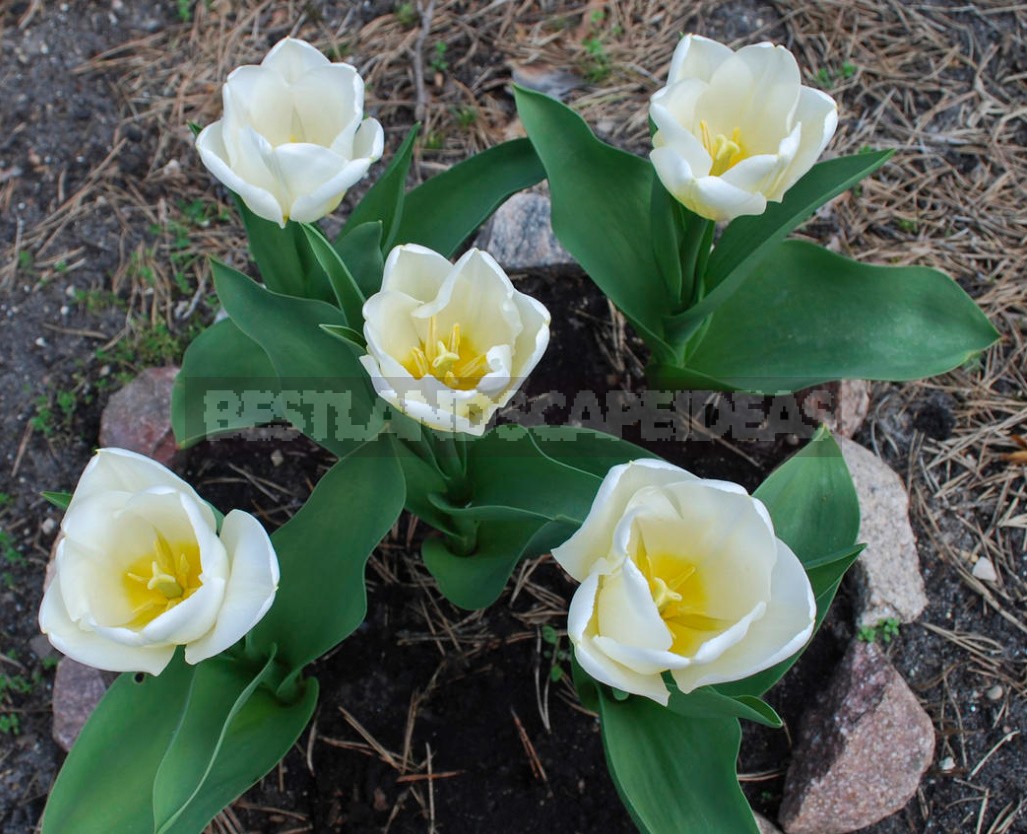
The third reception. We use companion plants
Diversify the scheme of planting bulbs can be due to companion plants-flower crops that bloom approximately in the same time. They fill the volume of the flower garden, create a background, in such a frame bulbous look more juicy and expressive.

The following are well suited for the role of filling plants: Phlox subulata, Phlox douglasii, Cerastium biebersteinii, Arabis, Alyssum, Brunnera with its blue flowers, which are so similar to the inflorescences of tender Myosotis.

Universal for flower beds and Primula. Especially good are the simplest varieties. If you combine different varieties, they make absolutely wonderful calico flower beds. Organically they will fit placed here and there bouquets Narcissus.
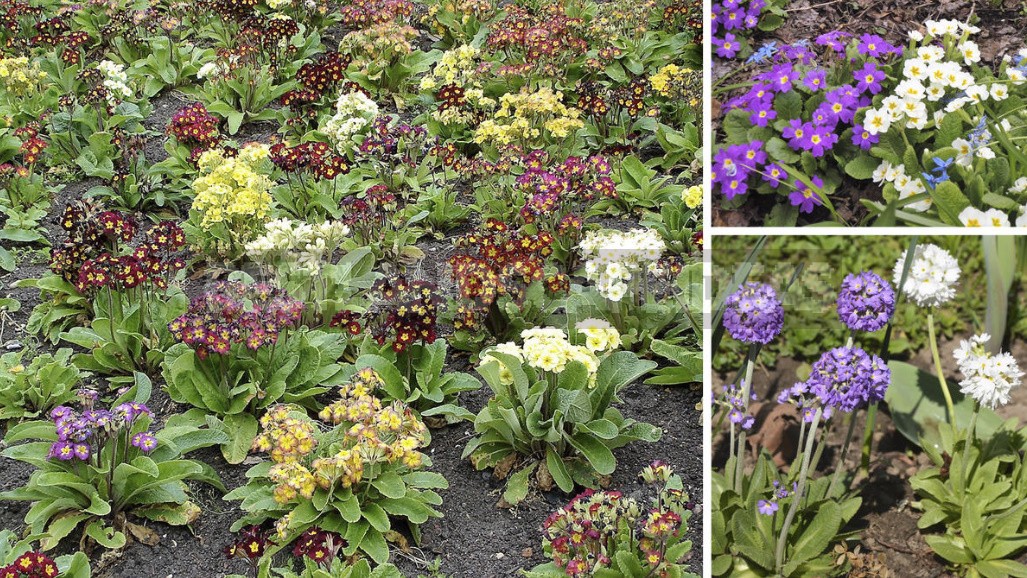
Bulbs in this case, carefully introduced into the existing flower arrangement. Keep in mind that painlessly dig them out, you will not be able to. The composition will be destroyed. So get ready for the fact that the bulbs will please the eye for several years, and then disappear. In consolation, I can say that with this method of planting you do not need a lot of planting material. Even if you select a dozen bulbs for the flower garden, successfully combining them by color, the result will already be impressive. Such compositions are better to do in monochrome – tone to tone, or select varieties on the principle of spectacular contrast combinations.

The fourth reception. Seal landings
The beauty of the bulbs is short-lived, so gardeners use a technique that helps to extend the period of admiring the spring flower garden-sealing plantings. Tulip bulbs with different terms of dissolution are placed in one hole. As a result, in your flower garden there will be a natural change of scenery.
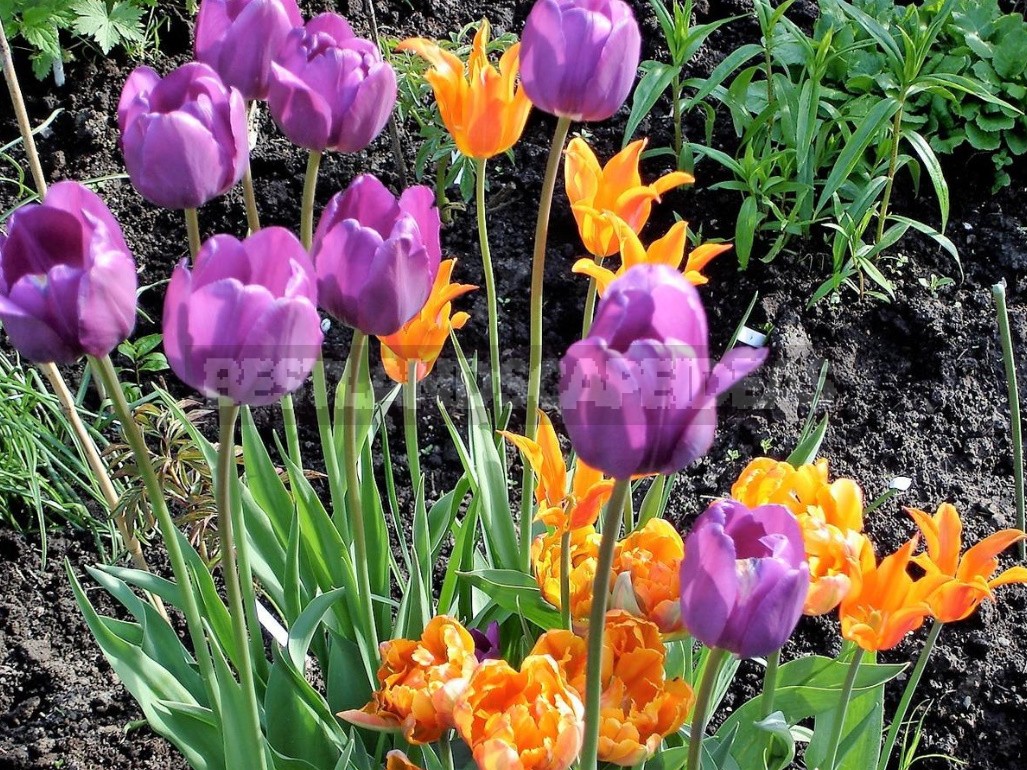
There is only one but. After digging, the bulbs will be confused, and the composition created with love will lose relevance. But this by and large does not matter – mixed varieties can be planted haphazardly as necessary. This method does not oblige anything: you do not need to draw a plan on paper, the bulbs can be placed in any order, not really caring about the harmony of color combinations. Blazing different colors in the spring more than compensates for the lack of a clear scheme. Very colorful!
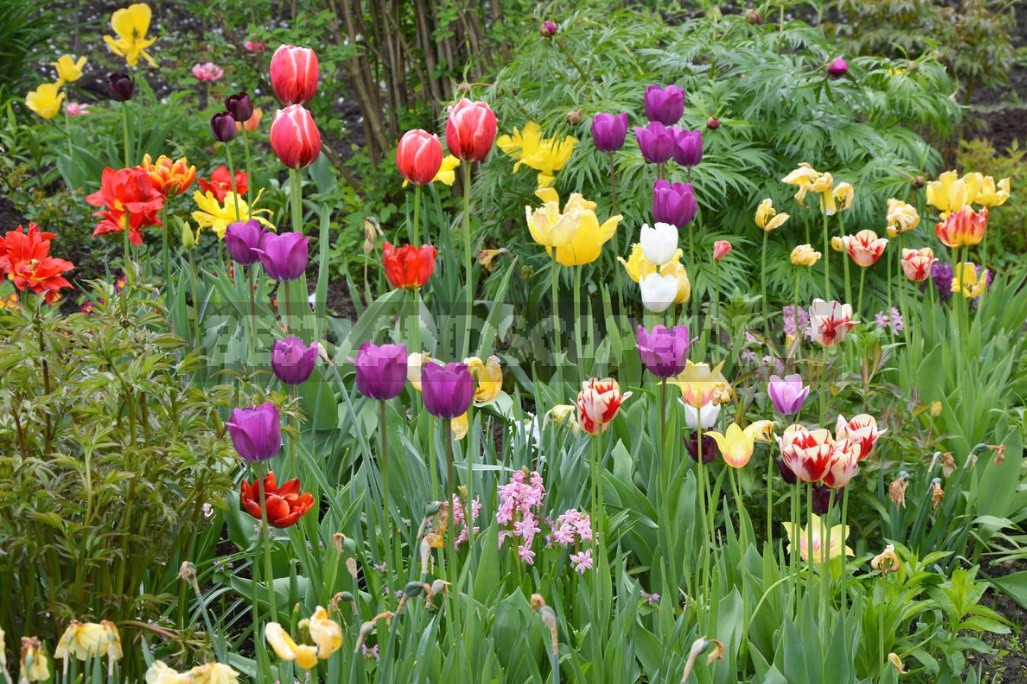
This method of planting is very suitable for artistic natures, not inclined to a clear order. But to observe in this case agrotechnical rules it will not be possible-neither to dig out bulbs after flowering, nor to disassemble them on the sizes, nor plainly to dry. They’ll have to be left in the ground. Be prepared that they will be essentially disposable-bloom 1-2 years, a maximum of 3, and then quietly disappear.
When haphazard planting will have to constantly update the collection of their tulips, replace them with new ones. Therefore, it is not necessary to talk about a serious collection here. Interestingly, even in such a floral medley, each Tulip is read in the overall composition. Each flower is gorgeous in its own way and receives a well-deserved portion of delight and admiration. The composition wants to look at as a whole, and in nuances-flower beds of identical tulips do not give such emotions.
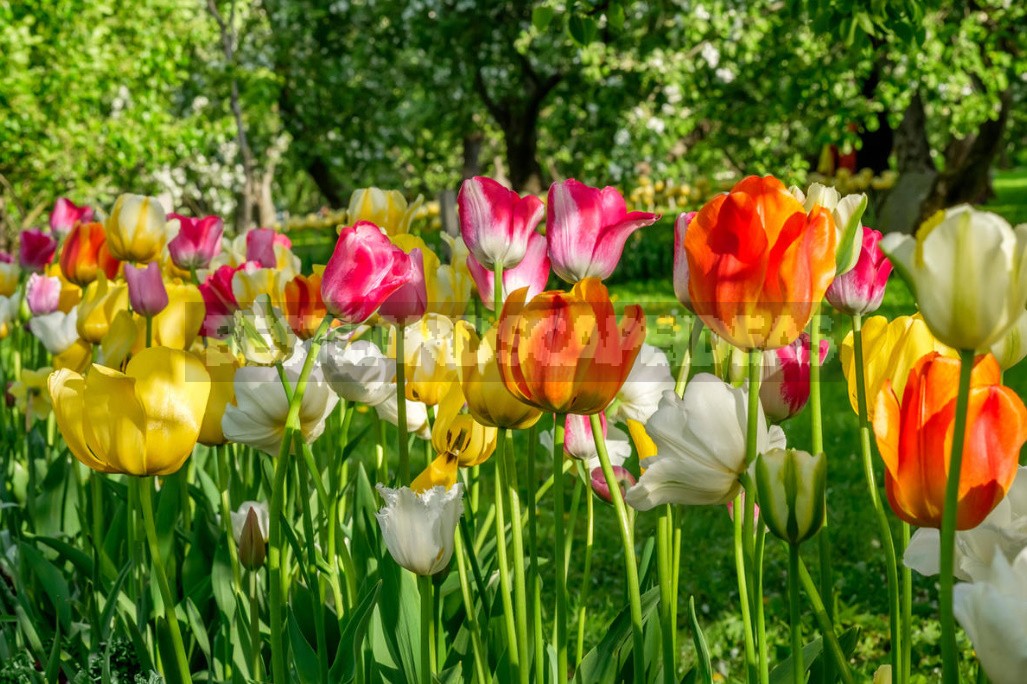
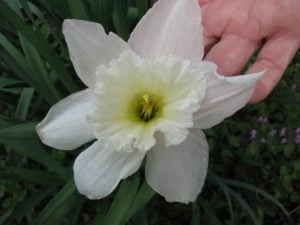
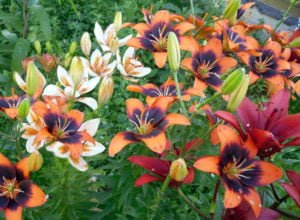

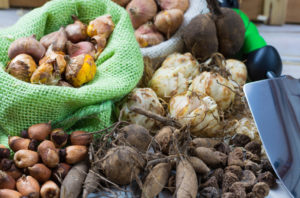
Leave a Reply